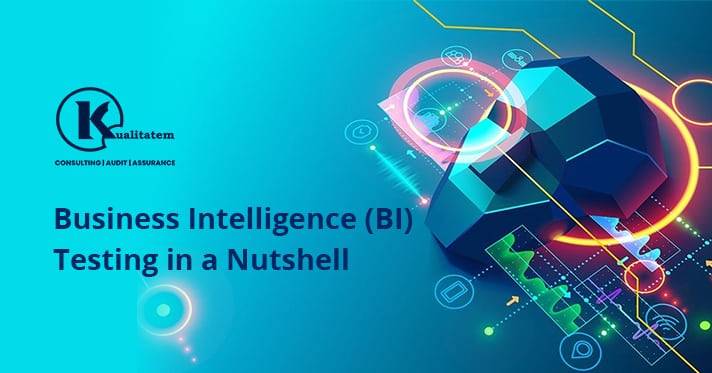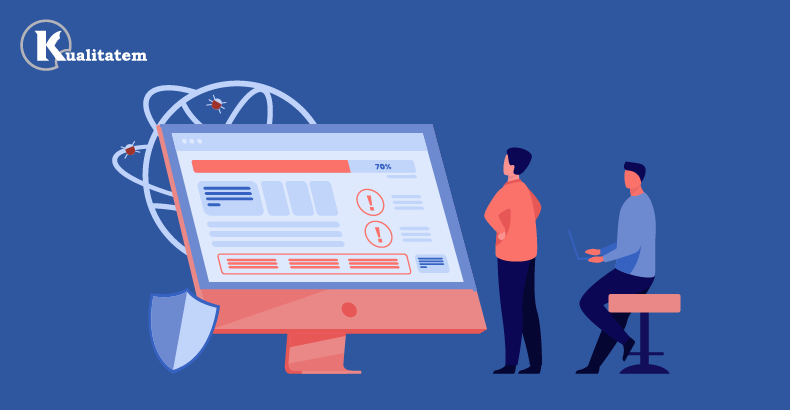Test Mobile App Performance with LoadRunner

- May 20, 2014
- admin
Mobile users of today are becoming more & more demanding, and they expect apps to perform just as fast as their desktop software. Just take a look at the following insight:
- 71% phone users expect a website to open as quickly as their desktop PC.
- Web app users turnaround starts just after 3 seconds of response time.
- 50% app users and 74% website users leave if response time is 5 seconds or more.
- 1/3 of the unsatisfied users go to a competitors site and never come back.
Performance Testing Tools for Mobile Apps
There are dozens of commercial and open source performance testing tools available for desktop browser based apps. But when it comes to applications, the options are very limited especially for native apps. There are a few open source tools for web apps like JMeter, but not any for native apps. Therefore, one has to turn to LoadRunner, Neo Load, Silk Performer etc. for native mobile apps performance testing.
Mobile Apps Testing with LoadRunner
End to end performance testing for apps is very challenging as it involves multiple devices and OS versions, app versions, and different servers for native and web applications etc. All these factors are not easy to address with a single tool. However, LoadRunner can tackle all the above mentioned challenges with minimal effort.
LoadRunner has different set of protocols for diversified applications. Following are the LoadRunner protocols:
-
Mobile Applications – HTTP/HTML:
This protocol records native and browser based mobile applications scripts (which use HTTP protocol for communicating with server) at transport level.
-
Mobile TruClient:
This protocol is based on Ajax TruClient technology and records browser based mobile applications only.
Following table summarizes which protocol can be used for which type of application:
These protocols are OS-agnostic and work perfectly on different versions of iOS, Android, Windows and Blackberry etc.
Script Recording with Mobile Protocols
Ajax TruClient:
Script recording with Ajax TruClient protocol is very similar to standard web applications. Target mobile website should support Firefox and you can easily record user transactions on your preferred device.
Mobile Application – HTTP/HTML:
You need to select a recording method first in this protocol. Following is the summary of different recording methods available in – HTTP/HTML protocol for native mobile applications script recording.
-
Proxy Recording:
You can record mobile app script by configuring it to use VuGen Proxy, provided both are connected to same network and proxy configuration is allowed in application under test (AUT).
-
Server Side Recording:
This method is used when you don’t want to record with actual device. It can be recorded by installing VuGen’s Mobile Sniffer Agent on AUT server, if that device, server and VuGen machines are on the same network.
-
Script from Network Capture:
You can simply use the Analyze Traffic feature to develop script from network capture file.
-
Device Emulator Recording:
You can record the Android application script through an emulator with Emulator Recording feature.
-
On Device Recording:
You can also record it by installing LoadRunner Mobile Recorder on your device. Later, you can open recoded file on VuGen machine to create the script.
Once you have recorded the script, all subsequent steps are almost the same as you performed with a standard desktop web application.
Hope it was a helpful read. If you have any queries, please feel free to contact us on Facebook,Twitter, Google+ or email and we’ll revert back ASAP!











